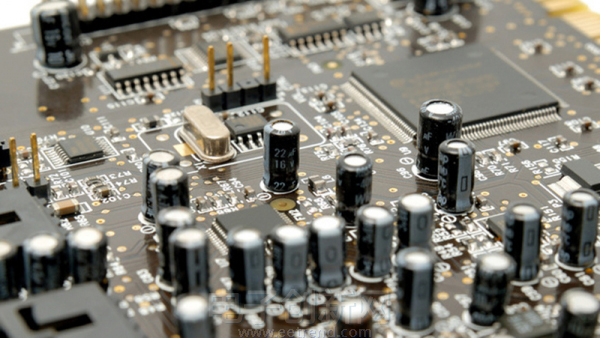

There are many ESD protection devices on the market, but the most commonly used can be divided into three categories: polymers, varistors/suppressors, and diodes.
Choosing the right ESD protection device, the biggest difficulty lies in how to easily determine which device can provide the greatest protection.
System suppliers generally compare the quality of ESD protection devices by the ESD ratings (or nominal values) on the data sheet. In fact, from these ratings, it is impossible to see how strong the device protection system is. The key depends on other diode parameters.
In addition to the ESD nominal value of the protection device, the voltage value (clamping voltage) and the amount of current (residual current) at the ASIC end are also key factors. The ESD protection device function is realized by shorting most of the current to ground and "clamping" the voltage on the ASIC terminal to a value lower than the pulse voltage.
Determining the clamping voltage and residual current is not an easy task. The clamp voltage quoted in most ESD protection data sheets (if this information is included in the manual) can be misleading. And there is never the item of residual current in the data sheet, because it is related to the system layout and has nothing to do with the device itself.
The dynamic resistance (Rdyn) of the protection circuit as an alternative parameter is helpful for comparing devices, because a device with a lower resistance can shunt a larger proportion of current. Unfortunately, this dynamic resistance value is usually not seen in the data sheet of the protection device.
Polymer device
Although polymer devices are quite attractive for high-frequency applications because their sub-picofarad capacitance values are only 0.05 to 1.0 pF, such low capacitance will also bring some slight side effects. Unlike diodes, polymer devices require the terminal voltage to reach the trigger voltage before breakdown, and this trigger voltage is much higher than the clamping voltage. A typical polymer ESD device will not break down before 500V.
Once broken down, it will quickly jump to a clamping voltage of up to 150V. When the charge is released, the polymer will return to a high-impedance state. However, this process may take hours or even a day, so they are not attractive for consumer applications.
These devices are difficult to accurately characterize in manufacturing, and their data sheets usually only contain typical parameter values, and do not provide minimum and maximum guaranteed values. In addition, because they are physically flexible devices, their performance will decrease as the number of ESD pulses increases.
Varistor and suppressor
Varistors and suppressors are non-linear variable resistors.
Although they are relatively inexpensive, suppressors usually have high trigger voltage, high clamping voltage, and high impedance characteristics, so that most of the energy will reach the protected device rather than shunt to ground.
The clamping voltage range of a typical low-capacitance suppressor is 150~500V. The typical dynamic resistance of a low-capacitance suppressor is 20-40Ω. Due to its high impedance characteristics, almost all ESD inrush current will pass to the "protected" device rather than shunt to the ground.
Semiconductor diode
Another ESD protection method is to use semiconductor diodes.
ESD protection diodes are characterized by low clamping voltage, low impedance, fast on-time and better reliability. Generally, semiconductor diodes can provide the best ESD protection, and current diodes can achieve an equivalent capacitance of 1pF, so they have become the best choice for reliable ESD protection and good signal integrity.
Analysis of ESD electrostatic protection components
Any protection component must appear at the protected input as a high-impedance circuit during normal operation. The capacitive load it applies must be as small as possible, so that it has almost no effect on the normal input signal. However, at the moment of overvoltage, the same device must become the main path of energy, transferring energy from the input end of the protected device.
In addition, the standing-off voltage of the protection device must be higher than the maximum signal voltage allowed by the protected terminal. Similarly, the clamping voltage must be low enough to prevent damage to the protected device, because during the transient period, the voltage on the input terminal will be the clamping voltage of the protection device.
We often see the introduction of ESD electrostatic protectors, ESD electrostatic resistors, ESD electrostatic dischargers, chip varistors and other products, but in fact, the most critical reference coefficients for protection devices should be the following three items:
1. Fast response time
2. Low clamping voltage
3. High current surge withstand capability
No matter how excellent the product is introduced, when choosing ESD electrostatic protection components, you should still make a detailed comparison and use the IEC61000-4-2 test for verification.
The current industry practice is to announce the clamping voltage based on pulses with a rise time of 8us and a duration of 20us, while the real ESD pulse should be a rise time of 1ns and a duration of 60ns.
Article source: Internet
